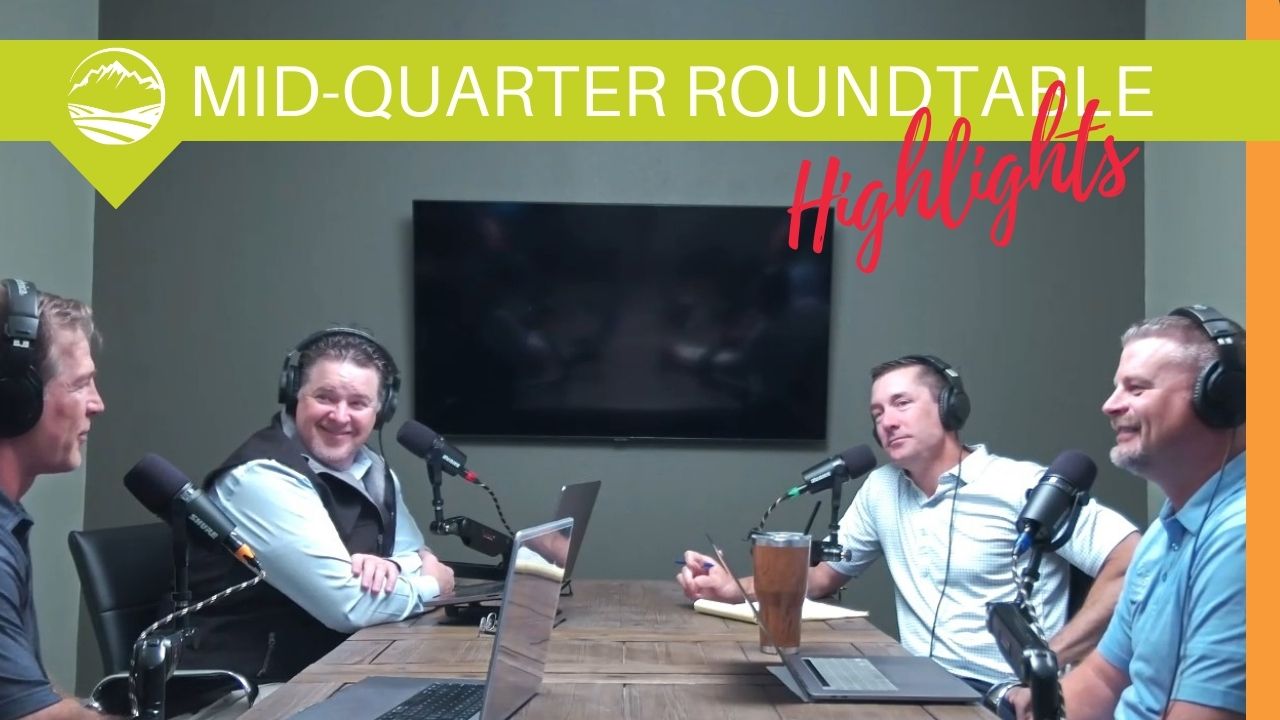You are now leaving the Strong Valley Wealth & Pension, LLC ("Strong Valley") website. By clicking on the "Schwab Alliance Access" link below you will be entering the Charles Schwab & Co., Inc. (“Schwab”) Website. Schwab is a registered broker-dealer, and is not affiliated with Strong Valley or any advisor(s) whose name(s) appears on this Website. Strong Valley is/are independently owned and operated. Schwab neither endorses nor recommends Strong Valley. Regardless of any referral or recommendation, Schwab does not endorse or recommend the investment strategy of any advisor. Schwab has agreements with Strong Valley under which Schwab provides Strong Valley with services related to your account. Schwab does not review the Strong Valley website(s), and makes no representation regarding the content of the Website(s). The information contained in the Strong Valley website should not be considered to be either a recommendation by Schwab or a solicitation of any offer to purchase or sell any securities.

Have you heard of tax-loss harvesting? It happens when investors take advantage of losses by reporting them on their income tax. This can help offset gains from other investments. Depending on the situation, the loss may be able to be applied to future years as well.

Market volatility, like we had earlier this year, can understandably spark anxiety among investors. However, seasoned investors and financial professionals recognize these moments as opportunities to strategically manage taxes.
One such strategy is tax-loss harvesting – a tactic designed to reduce your taxable income by selling investments at a loss, offsetting capital gains, and potentially generating tax savings.
Tax-loss harvesting involves selling securities that have declined in value to realize a capital loss, which can then offset capital gains from other investments. If the investor’s losses exceed gains in any given year, it can be used to offset ordinary income, and depending on the amount, it may be carried forward and applied to future tax years.
Market downturns often present prime opportunities for tax-loss harvesting. In volatile markets, stocks or mutual funds may dip below the purchase price. Selling these underperformers allows investors to realize losses that can be strategically used to offset gains realized elsewhere in the portfolio.
An essential consideration in tax-loss harvesting is the IRS’s “wash-sale” rule, which prevents investors from claiming a loss if they purchase the same, or substantially identical security, within 30 days of the sale.
To maintain market exposure while avoiding the wash-sale rule, the recommendation is to buy a different, yet similar, security to replace the one sold.
Tax-loss harvesting isn't just a year-end strategy; it can be integrated throughout the year, particularly during volatile periods. Collaborate with your financial advisor to regularly monitor your portfolio for opportunities. By methodically employing tax-loss harvesting, investors can enhance after-tax returns and achieve greater financial efficiency. Financial professionals can provide critical guidance in navigating complex financial landscapes, helping investors make informed decisions that support long-term goals. By identifying opportunities such as tax-loss harvesting and timing them effectively, investors can strengthen overall portfolio performance, turning market downturns into strategic advantages.



